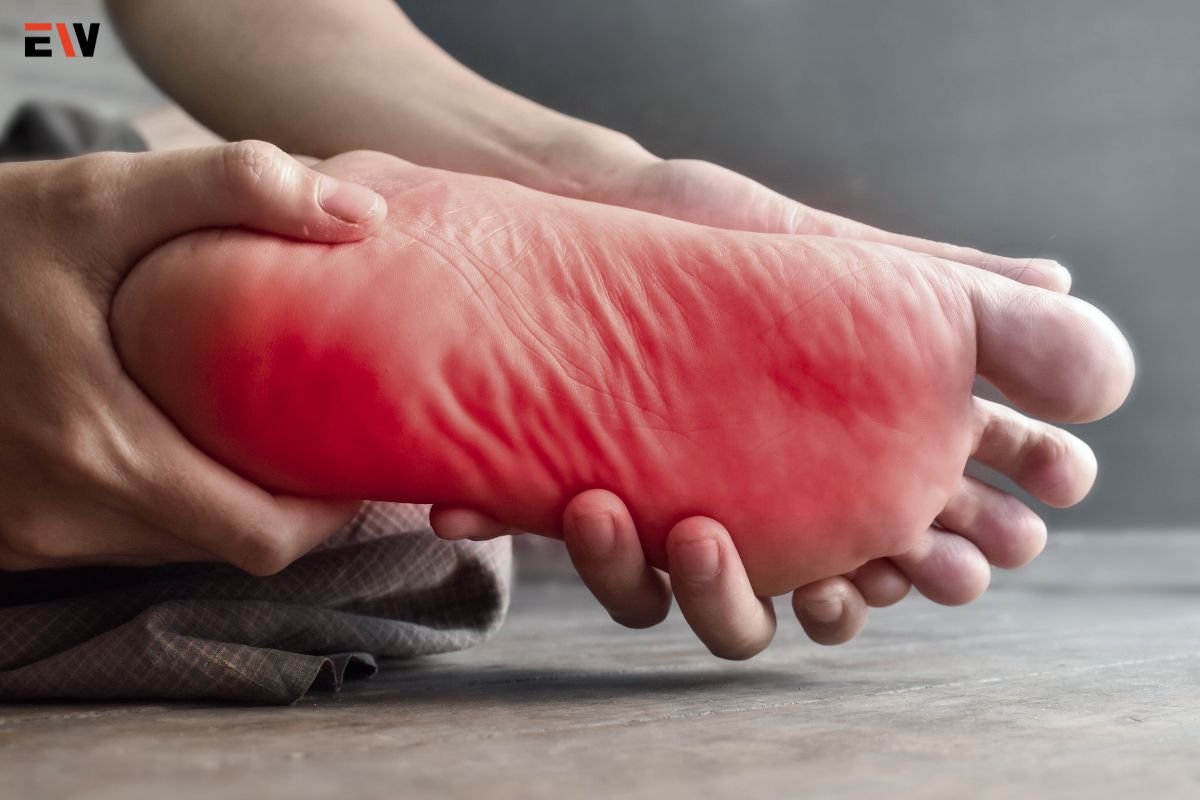The landscape of addiction treatment facilities encompasses diverse options designed to address substance abuse and dependency. These facilities play a critical role in supporting individuals seeking recovery, offering various treatment modalities, comprehensive care, and tailored support.
Understanding Addiction Treatment Facilities
Addiction treatment facilities provide specialized care to individuals struggling with substance abuse disorders. These facilities offer a range of services, including detoxification, therapy, counseling, medical intervention, and aftercare support.
Types of Treatment Facilities
- Inpatient Rehab Centers: These facilities provide intensive, round-the-clock care, typically involving residential stays. Inpatient programs offer structured therapies, medical supervision, and a supportive environment away from triggers.
- Outpatient Programs: Outpatient facilities offer flexibility, allowing individuals to attend therapy sessions while living at home. These programs suit those with milder forms of addiction or those transitioning from inpatient care.
- Dual Diagnosis Treatment Centers: Addressing co-occurring mental health disorders alongside addiction, these facilities offer integrated treatment for individuals dealing with both substance abuse and mental health issues.
- Long-Term Residential Treatment: Some facilities offer extended residential programs, focusing on holistic recovery and reintegration into society, often spanning several months to a year.
Treatment Approaches

- Medical Detoxification: Managed by medical professionals, detoxification facilities help individuals safely withdraw from substances while managing withdrawal symptoms.
- Behavioral Therapies: Evidence-based therapies such as Cognitive Behavioral Therapy (CBT), Dialectical Behavior Therapy (DBT), and Motivational Interviewing help individuals address underlying issues contributing to addiction.
- Medication-Assisted Treatment (MAT): This approach combines medication with therapy to manage withdrawal symptoms and prevent relapse, commonly used in opioid and alcohol addiction treatment facilities.
- Holistic and Alternative Therapies: Facilities often offer holistic approaches such as yoga, meditation, art therapy, and acupuncture, complementing traditional treatment methods.
Supportive Resources
- Support Groups: Programs like Alcoholics Anonymous (AA), Narcotics Anonymous (NA), and SMART Recovery provide peer support, accountability, and guidance in maintaining sobriety.
- Aftercare Programs: Continuity of care post-treatment is crucial. Aftercare programs, including outpatient counseling, sober living homes, and alumni groups, offer ongoing support.
- Family and Community Support: Involving family members in therapy sessions and engaging in community support groups can significantly impact an individual’s recovery journey.
Personalized Treatment Plans

Effective addiction treatment facilities tailor programs to meet individual needs. Customized treatment plans consider factors such as the severity of addiction, mental health conditions, personal preferences, and life circumstances.
Accreditation and Quality Standards
Quality treatment facilities adhere to established standards and accreditation. Accrediting bodies like The Joint Commission ensure that facilities meet specific criteria for providing quality care and safety.
Addressing Stigma and Access Barriers
Combatting the stigma surrounding addiction is crucial for individuals to seek help without fear of judgment. Additionally, ensuring accessibility to treatment through insurance coverage, government-funded programs, and community initiatives is vital.
Coordinated Care and Multidisciplinary Approach
Treatment facilities employ a multidisciplinary team comprising doctors, therapists, counselors, nurses, and social workers. Collaborative care ensures a comprehensive approach to address the physical, psychological, and social aspects of addiction.
Dual Focus on Mental Health
Many treatment facilities recognize the strong correlation between mental health and addiction. Addiction treatment facilities integrating mental health services alongside other addiction treatments offer a holistic approach, aiming to address underlying issues contributing to substance abuse.
Specialized Programs for Different Demographics
Certain treatment facilities cater to specific demographics, such as adolescents, LGBTQ+ individuals, veterans, or professionals. Tailored programs consider unique challenges and needs, creating a safe and supportive environment.
Incorporation of Technology in Treatment
Technology plays a growing role in addiction treatment. Telemedicine, smartphone apps for recovery support, virtual therapy sessions, and online resources enhance accessibility and engagement, especially for remote or underserved populations.
Focus on Relapse Prevention Strategies
Equipping individuals with relapse prevention strategies is crucial. Treatment facilities often incorporate coping skills, stress management techniques, and strategies to identify triggers and manage cravings into their programs.
Nutrition and Wellness Programs
Recognizing the impact of overall health on recovery, some facilities integrate nutrition and wellness programs. Proper nutrition, exercise, and mindfulness practices contribute to physical well-being and aid in the recovery process.
Continuing Education and Professional Development
Some treatment facilities offer programs tailored for professionals struggling with addiction. These programs provide specialized support, addressing career-related stressors and fostering recovery while maintaining work obligations.
Advocacy and Community Engagement
Reputable treatment facilities often engage in advocacy efforts to reduce stigma, improve access to treatment, and promote addiction education and prevention initiatives within communities.
Holistic Community Reintegration

Preparation for life after treatment is essential. Facilities may offer vocational training, educational support, and assistance with housing and employment, facilitating a smooth transition back into society.
Measurement of Treatment Effectiveness
Measuring treatment outcomes is crucial for continuous improvement. Facilities employ outcome measures and patient feedback mechanisms to assess the effectiveness of programs and make necessary adjustments.
Research and Innovation in Treatment
Continual research and innovation drive advancements in addiction treatment. Facilities engaged in research initiatives contribute to evolving treatment modalities, exploring new interventions, and improving existing practices.
Global Perspectives and Cultural Sensitivity
Recognizing diverse cultural perspectives on addiction is vital for effective treatment. Culturally sensitive approaches and facilities that accommodate diverse backgrounds and beliefs ensure inclusivity and relevance in treatment.
Collaboration with Legal and Judicial Systems
Collaboration between treatment facilities and legal or judicial systems can provide alternatives to incarceration, diverting individuals toward treatment programs, and promoting rehabilitation over punishment for non-violent offenses.
Conclusion
Addiction treatment facilities are multifaceted entities, evolving to meet the complex needs of individuals affected by substance abuse. Through a combination of evidence-based treatments, holistic approaches, specialized programs, and a commitment to ongoing improvement, these facilities offer comprehensive care and support. As they continue to adapt to societal changes, technological advancements, and diverse client needs, treatment facilities serve as pillars of hope, fostering healing, recovery, and resilience in the face of addiction.









